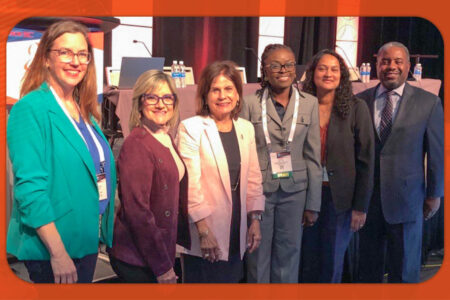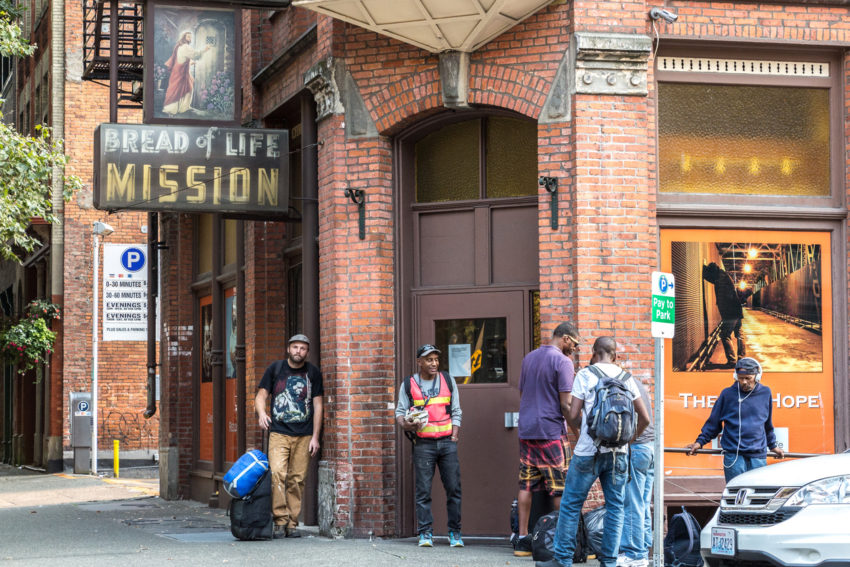
Share On Social!
Lack of access to healthy food, insufficient health insurance coverage, living paycheck-to-paycheck — all issues that have impacted U.S. low-income families for decades.
Sadly, experts say these problems are worsening as the current novel coronavirus, COVID-19, continues to spread. This leaves the millions of men, women, and children, including the 3 million people who have recently lost their jobs, at risk of more issues than just becoming sick.
Latinos—many of whom fall below the poverty line—could face significant hardship without a dedicated response from local, state, and federal leaders.
“What we are seeing around the country is that we’re operating and telling people to do things from the position of wealth,” Rev. William Barber II, co-chair of the Poor People’s Campaign, told ABC News. “We say, ‘Go home and buy groceries.’ Well, if people weren’t making a living wage, how are they going to do that? Most of them don’t have $300 in the bank if that.”
Poverty in America Today
The U.S. Census Bureau places less than a quarter of Americans—12.3% in 2017—beneath the poverty line. Researchers and advocates, however, say that statistic is way off-base.
The Official Poverty Measure (OPM), a 1960s era tool that the government uses to set the Federal Poverty Line (FPL), does not paint a picture of modern-day financial struggles, according to a report published by the Poor People’s Campaign.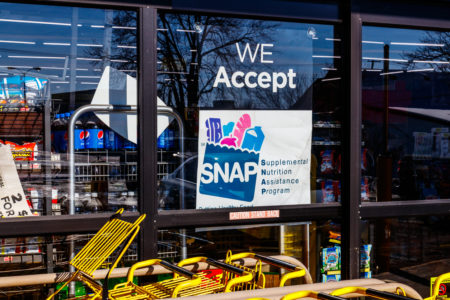
Due to the OPM’s failure to account for the expansion of cost for necessities in today’s world, the Poor People’s Campaign created the Supplemental Poverty Measure (SPM). This tool uses the information gathered in the OPM but also includes other data, such as the cost of food, clothing, housing, and utilities, as well as the use of government programs.
The SPM places 43% of Americans living near or in poverty.
This global pandemic will impact this group more than others, according to Dr. David Acosta, chief diversity and inclusion officer for the Association of American Medical Colleges.
“Those communities that are marginalized, that are under-resourced or underserved, will always suffer more during a crisis like this,” Acosta told AAMC News. “Any health inequities that they already experience will only be exacerbated by a pandemic.”
Coronavirus’ Impact on Poverty
As the social, economic, and professional ramifications of the coronavirus persist, it will be those who experience financial hardship that bear the most significant burdens.
“There are people who have jobs where they don’t get paid if they stay home — and even risk losing their livelihood,” said Dr. Mary Bassett, director of the François-Xavier Bagnoud Center for Health and Human Rights at Harvard University. “Also, even if they have insurance, many people feel very concerned about what a medical visit will cost. And tens of millions of Americans have no health insurance at all.”
This can result in detrimental impacts, especially as government officials at all levels are urging people to stay home in hopes of flattening the coronavirus-spread curve.
If individuals can’t survive a month without a paycheck, they will need to do all that is possible to provide, especially if they have a family.
“As the current public health emergency deepens, it is revealing and worsening broader economic and social emergencies that we have been confronted with for many years,” Rev. Dr. Liz Theoharis with the Poor People’s Campaign writes in Sojourners. “These are emergencies caused by the lack of health care, affordable housing, living wages, labor rights, voting rights, and environmental protection, by war, police violence, the criminal justice system, and policy violence of all kinds.”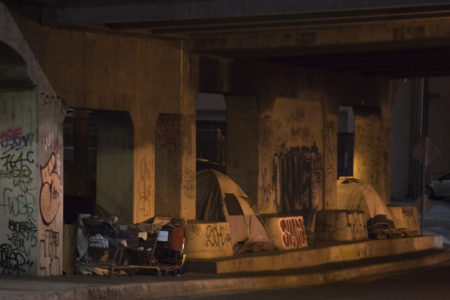
Latinos and Poverty
Latinos are among the racial groups most likely to live near or in poverty.
“While the latest poverty rates among Hispanics are a historic low, Hispanics continue to be overrepresented among the population in poverty,” a U.S. Census Bureau report states. “They made up 18.3 percent of the total population in 2017 but accounted for 27.2 percent of the population in poverty.”
They also struggle with equitable access to:
- Social support and resources
- Healthy food
- Health care
- Safe places for physical activity
- Public transportation
- Affordable housing
As the economy continues to plummet due to coronavirus and more Americans lose their jobs, Latinos will be among those who have the hardest time bouncing back.
Advocates are urging civic, business leaders at all levels to address the systematic and systematic inequities impacting Latinos and other disadvantaged groups during this crisis.
“As we are making every effort to mitigate the spread of the virus, we should make the determined commitment to stop the spread of poverty, racism and xenophobia, the climate crisis, and lies,” Rev. Dr. William J. Barber, II writes. “Take time to see that isolationism is not the answer.”
What Can You Do for Those in Poverty?
First, we have to realize Latino families don’t choose poverty, according to a study.
Latino families lack sources of income. They—unlike their white and black peers—cite earnings from wages alone as their only source of income stability, says the study.
“This knowledge should enable us to rethink policy,” said study leader Lisa A. Gennetian of Duke University. “Higher wage benefits and flexible paid-time-off benefits could go a long way in helping Latino parents as they try to provide for their children.”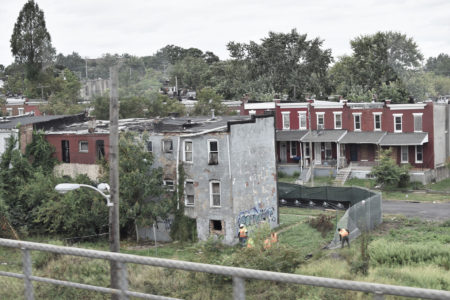
The National Academy of Sciences, Engineering, and Medicine (NASEM) recently promoted 10 big policy areas that could cut the child poverty rate by up to 50%. These policies also could increase employment and earnings among adults living in low-income families.
You can do your part, too.
Select your county name and get a customized Health Equity Report Card by Salud America! at UT Health San Antonio. You will see how your area stacks up in housing, transit, poverty, health care, healthy food, and other health equity issues. These compare to the rest of your state and nation.
You can email your Health Equity Report Card, share it on social media, and use it to make the case for community change to boost health equity.
Get your health equity Report Card!
Explore More:
Understanding & Reducing PovertyBy The Numbers
23.7
percent
of Latino children are living in poverty



